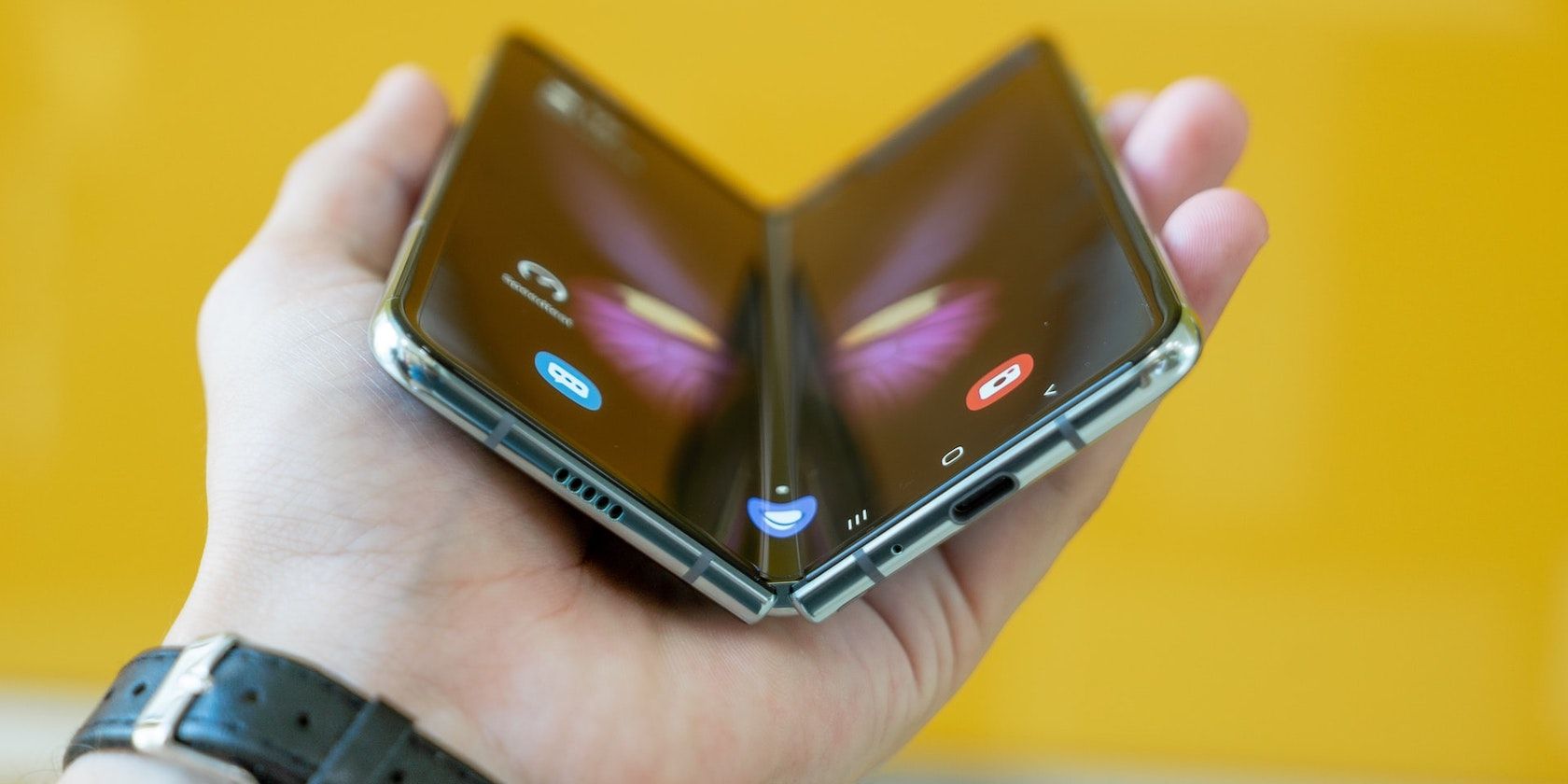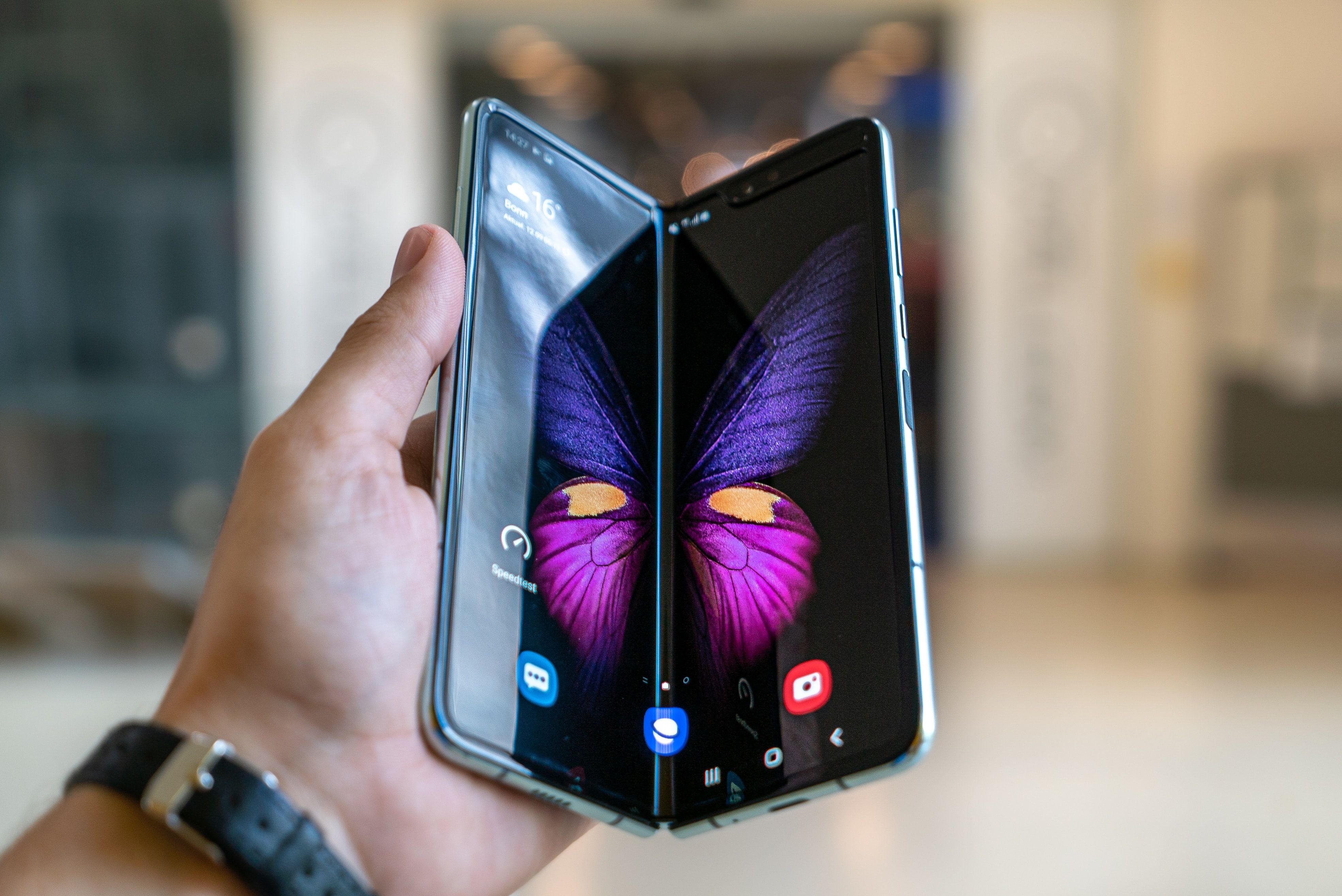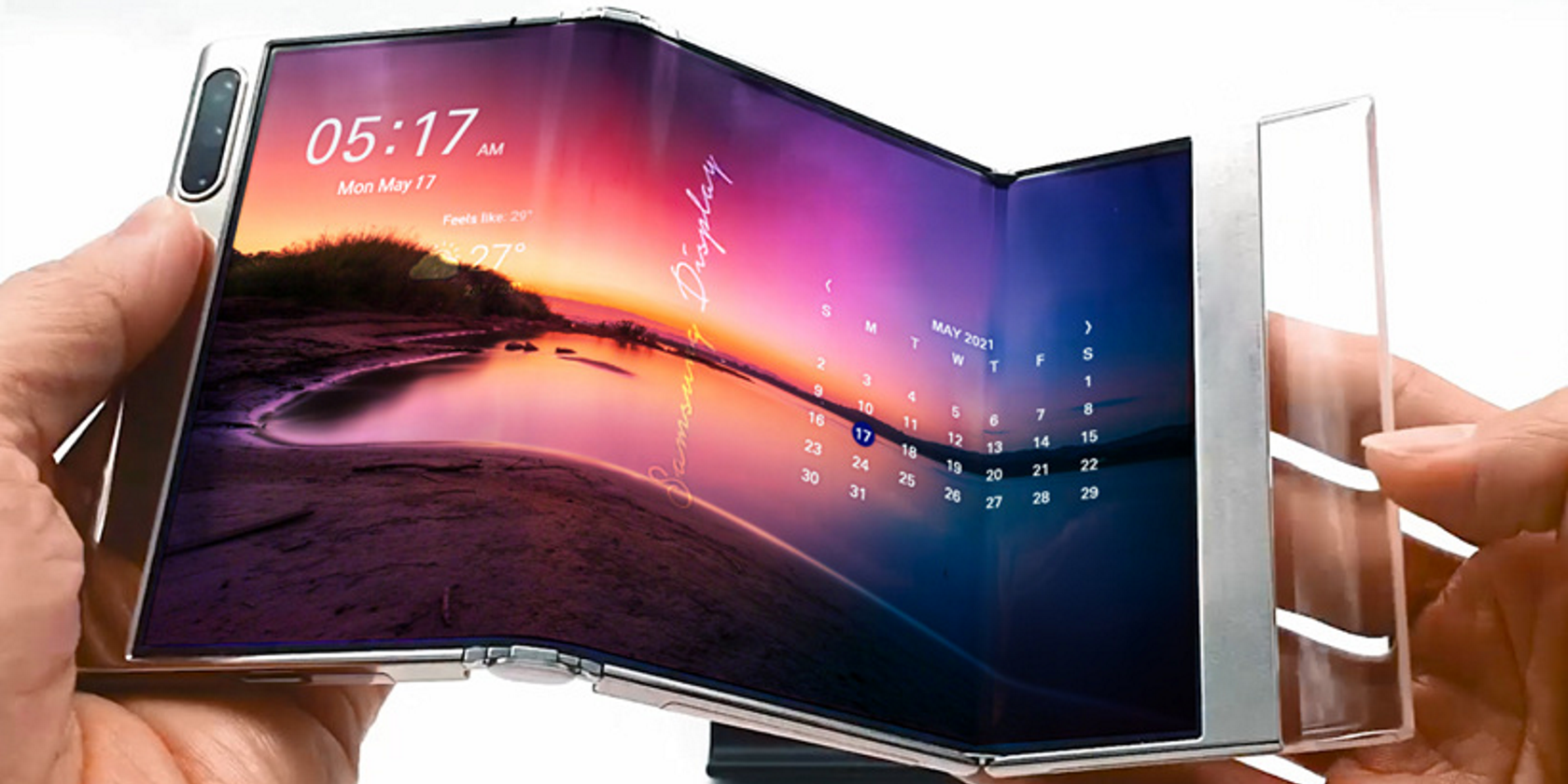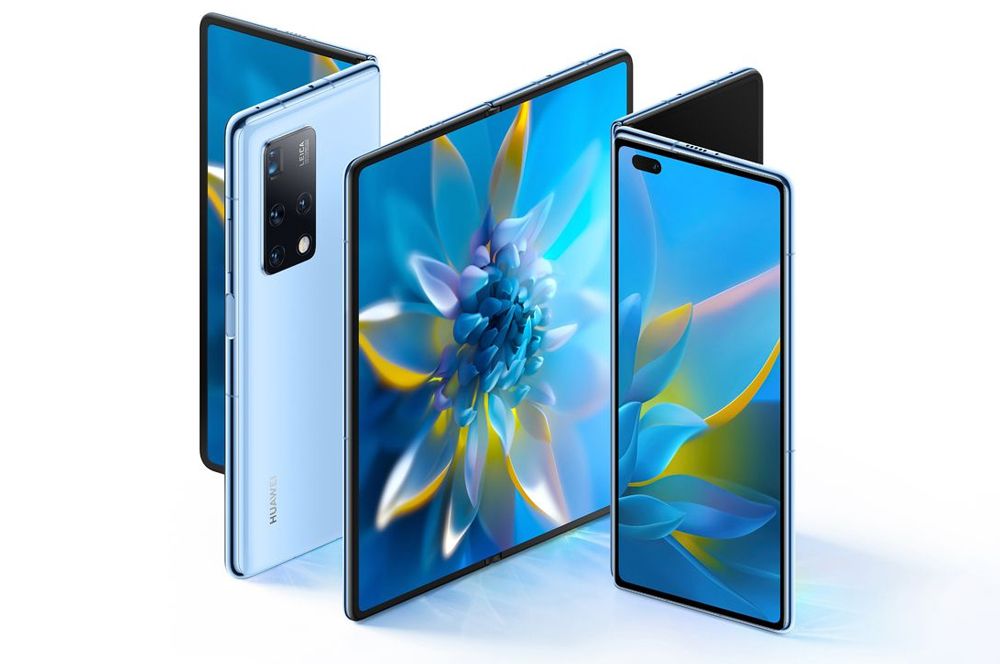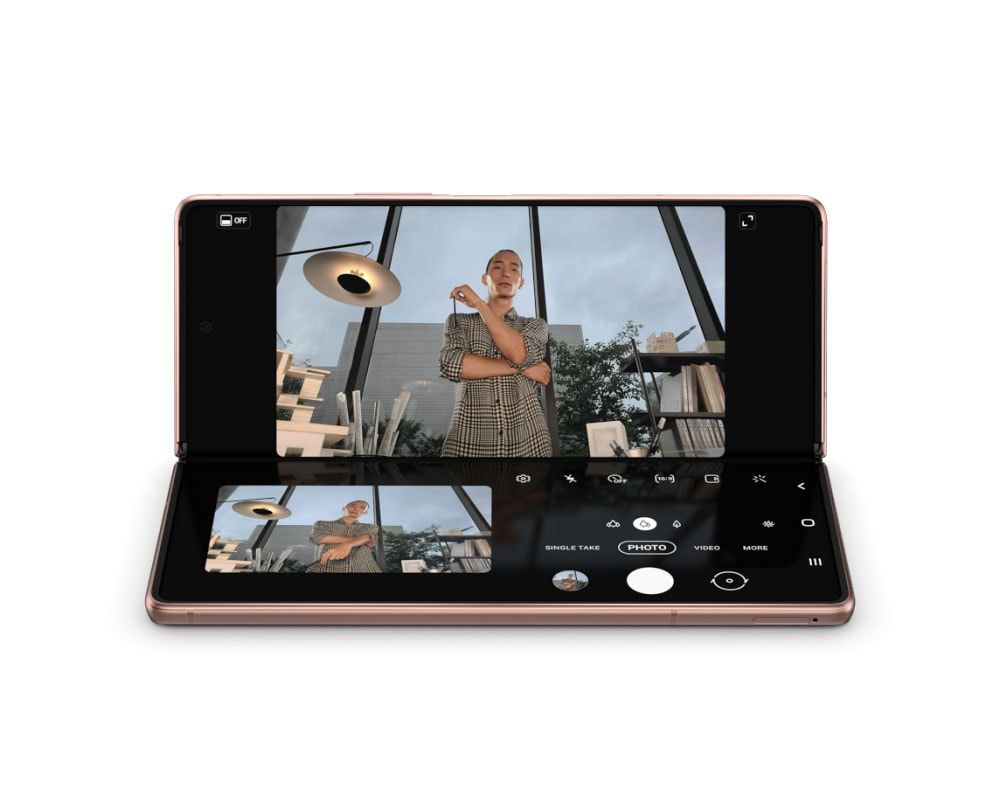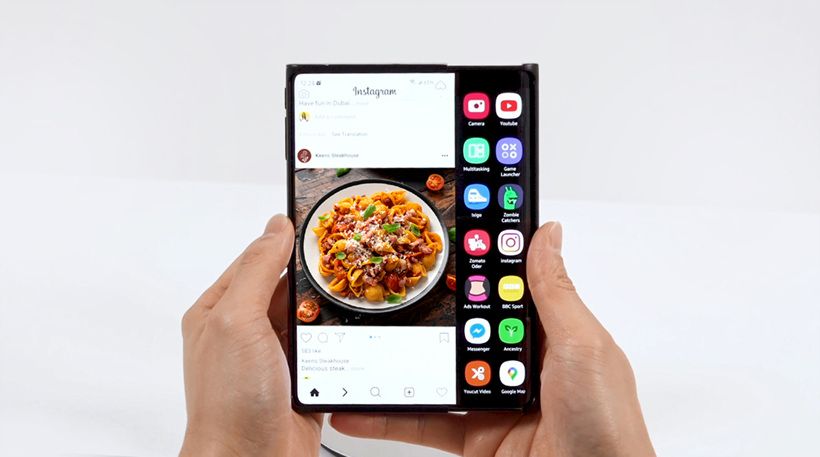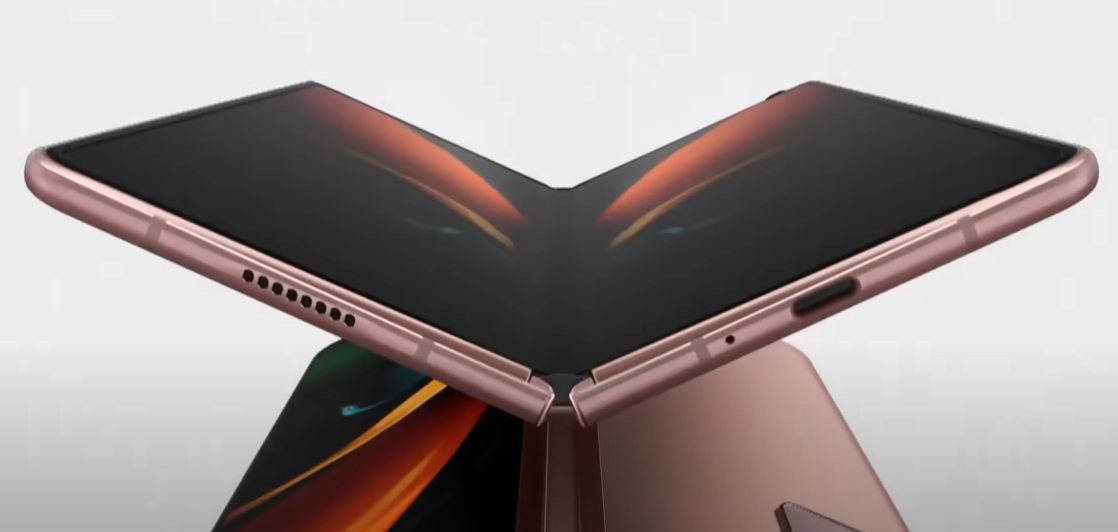Foldable smartphone screens are the latest and greatest thing in smartphones. These devices allow for a much larger screen while folding into a more compact form.
The world’s first commercially available foldable smartphone was the Royole Flexpai, released in 2018. Other companies like Samsung, Motorola, and Huawei have since followed suit with their own models.
As cool as they are, how does a foldable smartphone screen work? Why don't foldable smartphone screens break?
What Is a Foldable Smartphone Screen?
Foldable smartphone screens are a new and innovative technology that allows for an extended screen size without sacrificing the portability of a smaller phone. They allow for a larger screen than any traditional phone while folding up into a more compact form.
How Do Foldable Smartphone Screens Work?
The idea of a foldable screen is hard to believe because smartphone screens are typically made of multiple layers of—mostly inflexible— glass. However, foldable screens are now possible because of a not-so-new technology, often referred to as Flexible Display technology, built around Organic Light Emitting Diode (OLED) screens.
OLED screens are made of organic materials that emit light when electricity is passed through them. They do not require backlights to function, and as a result, can be made thin enough to the point where they become flexible, forming the basis of flexible screens.
Flexible OLED displays have been around for a while. Older flagship phones like the iPhone X and the Samsung Galaxy Edge series have flexible displays, but the technology was only used to give the devices curved edges.
Now, flexible display technology has improved beyond allowing screens have just curved edges into making screens that can actually be folded.
What Are Foldable Screens Made Of?
Glass has always been thought to be rigid. That is, it cracks when bent. This is why all first-generation foldable screens were made of plastic polymers. While their lightweight and flexibility made polymers the first point of call for foldable screen manufacturers, they’ve also been found to be more susceptible to blemishes and scratches compared to glass screens.
On February 11th, 2020, Samsung made what it called “a leap from polymer screens to ultra-thin glass technology” when it released its Galaxy Z Flip, the first foldable smartphone that features an actual glass screen.
The Samsung Galaxy Z Flip still has a soft, scratchable plastic layer on top. However, the main component, that is, the display, is made of glass.
Advantages of Foldable Smartphone Screens
Foldable smartphone screens have many advantages—here are five to get you started.
Better Screen Protection
Most foldable phones available on the market fold inward, and their screens are covered when folded. This protects the screen, as the casing bears the brunt of any accidental impacts.
Display Vivid Colors
Foldable smartphone screens are built around OLED screens. This means they provide better image quality than most smartphones available today.
Flexible OLED screens provide better contrast, higher brightness, faster refresh rates, and lower power consumption when compared to an LCD device with the same screen size.
Portable Large Screens
With the amazing technology that goes into making a smartphone, it has become increasingly hard to draw a line between what a smartphone is supposed to be used for and what it’s not.
Smartphone users now use their devices to perform tasks that were previously possible only with computers. This trend is the inspiration for larger screen sizes for phones as well as the introduction of tablets.
Before now, larger screen sizes meant larger devices. But with a foldable screen, users can now get larger screens without sacrificing portability.
Multitasking
We’re yet to meet anyone who doesn’t love being able to do more than one task at a time. Foldable smartphone screens allow for multitasking on another level.
You can have up to three screens running simultaneously. And the best part is, their large screen size ensures that you never have to squint your eyes to see on-screen information, as you’d probably do when multitasking on a traditional smartphone.
Productivity
Being able to run three apps at a go on a tablet-sized screen could potentially be a game-changer for people who use their smartphones for work. For example, you can be on a live meeting on one app and be taking notes on another app simultaneously.
Disadvantages of Foldable Smartphone Screens
Foldable smartphone screens are amazing but they are not without their downsides. Let’s look at some concerns about flexible smartphone screens.
Cost
Foldable smartphones are expensive compared to traditional smartphones or tablets with similar features. The Samsung Galaxy Fold’s price at launch was around $2,000, while a traditional smartphone with similar spec costs less than half of that price.
Reliability
Because these devices are folded and unfolded frequently, chances are the screen will wear away with time.
There’s also a huge disparity in the number of folds a foldable smartphone can withstand before giving in. In a test conducted by CNET, the Samsung Galaxy Fold lasted 120,000 rounds of folding before breaking, while the Motorola Razr withstood just 27,000 folds.
Bulkiness
Smartphone users want portable devices. But portability goes beyond width. A foldable smartphone folds over itself, making the device bulky and twice as thick as a standard phone.
Are Foldable Smartphone Screens the Future?
Flexible screens are the biggest innovation in smartphone manufacturing in a long while. But there are some doubts as to whether they will ever become mainstream. Most critics point to cost, as well as their tendency to fail after repeated folding.
However, we believe that foldable smartphones are the future of phones. Flexible smartphones have a clear-cut problem they solve: the ability to get a screen twice as large as the phone, which eliminates the need to buy a phone and a tablet separately.
Speaking of the cost, history has repeatedly proven that as technology gets better, it also gets cheaper. This means you can expect the cost of foldable smartphones to drop as the technology behind them gets better.

